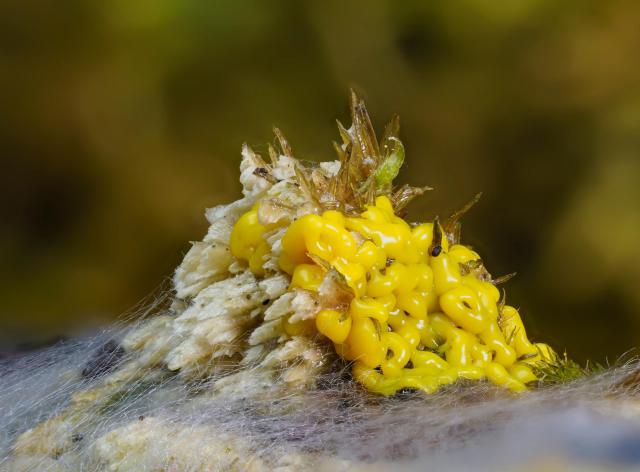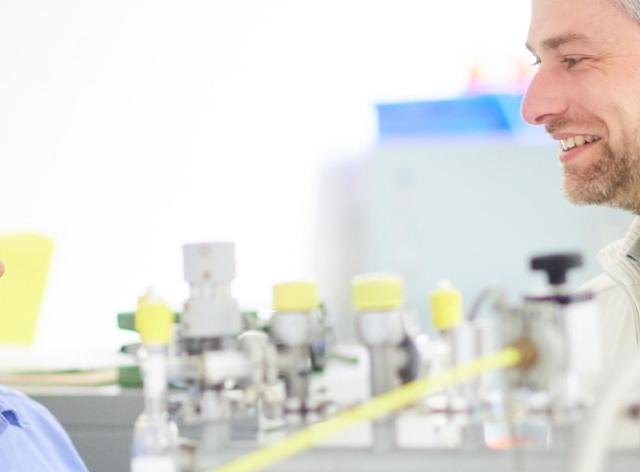The three Belgian scientific experiments selected to be carried out on board the International Space Station (ISS) during astronaut Raphaël Liégeois' mission in 2026 have just been unveiled by the Federal Science Policy Public Service (Belspo). One of them is carried by a team from UNamur for an experiment at the crossroads of biology and physics aimed at analyzing the resistance of the "blob", an atypical unicellular organism.
The three scientific experiments were selected from 29 projects for "their scientific value, technical feasibility and budgetary compatibility", states the public service of Federal Science Policy (Belspo).
Historically, Belgium has built up notable expertise and influence within the European Space Agency (ESA). Today, UNamur finds itself at the heart of an experiment that will be deployed during Belgian astronaut Raphaël Liegéois's stay aboard the ISS in 2026. The BeBlob project, conducted at the interface of biology and physics, aims to study Physarum polycephalum, commonly known as a "blob".
The amazing properties of the blob
This atypical unicellular organism, belonging to neither plants, fungi nor animals, fascinates scientists and the general public alike. "Although lacking a nervous system, the blob is capable of solving complex problems, such as finding the shortest path through a maze, and learning from its environment," explains Boris Hespeels.
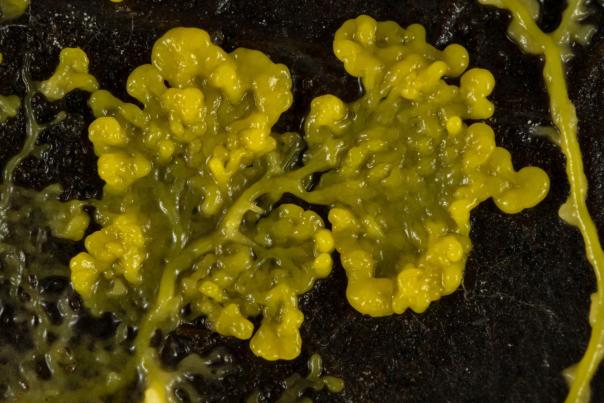
Boris Hespeels is a researcher at the ILEE Institute and the Beblob project leader alongside Anne-Catherine Heuskin, a researcher at the Narilis Institute. "We're also interested in its amazing ability to dry out completely and survive extreme stresses, including the vacuum of space, extreme temperatures or even high doses of radiation causing massive DNA damage," the two Namur researchers continue.
Development of a miniaturized vessel for the blob
Building on their experience gained on previous ISS missions with other biological models, UNamur teams have developed a new miniaturized "vessel" for carrying different blob samples. In orbit, the astronaut will rehydrate the samples, which will then have to adapt to their new environment. The objectives are twofold: firstly, to assess the effects of the orbital environment on blob metabolism; secondly, to study DNA repair in samples previously irradiated on Earth by massive doses. Scientists will analyze how this organism repairs its genome in microgravity, and determine whether this process is altered by spaceflight.
Implications and potential applications
This work should make it possible to identify key players in cell protection and repair under extreme conditions. Combined with the many experiments carried out at UNamur, they could ultimately lead to the development of new molecules capable of protecting astronauts, preserving fragile biological samples or even limiting the side effects of radiotherapy by protecting patients' healthy cells.

Despite the recent - and controversial - media coverage of tourist flights, space remains today, and will probably remain so for years to come, an environment that is difficult to access and hostile to human presence. The International Space Station (ISS), assembled in the early 2000s, was designed as an immense laboratory for studying phenomena impossible to reproduce on Earth, and for analyzing the impact of microgravity and exposure to cosmic radiation on living organisms. To prepare for the future of exploration, which will include new orbital stations, a sustainable return to the Moon and, eventually, the installation of man on Mars, the study of the adaptation of living organisms and the protection of astronauts are a priority for space agencies. At the same time, fundamental research continues to focus on the origin of life and the possibility of its existence elsewhere in the Universe.
.
Raising awareness among young people and inspiring vocations
Finally, the BeBlob project is in line with UNamur's vocation to disseminate science to as many people as possible. A didactic and educational component will thus accompany the experiment: Physarum polycephalum will be introduced into schools to highlight research, the human adventure experienced by the Belgian astronaut within the ISS, and to spark scientific vocations thanks to the inspiring combination between space exploration and the extraordinary properties of this organism.
.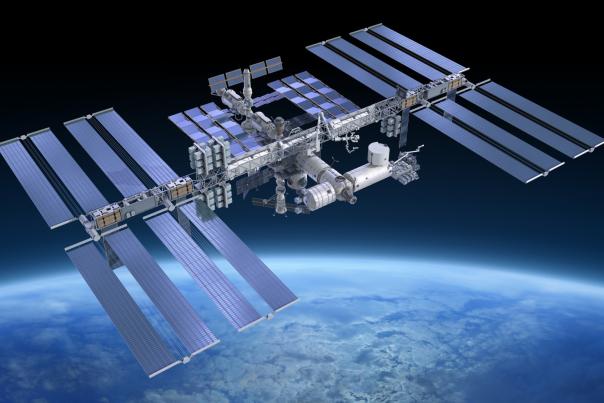
Space mission 2026
Discover the other scientific experiments selected to be carried out on board the International Space Station (ISS) during astronaut Raphaël Liégeois's mission in 2026
A Federal Science Policy SPP project (BELSPO-Belgian Science Policy Office), with support from the European Space Agency (ESA).
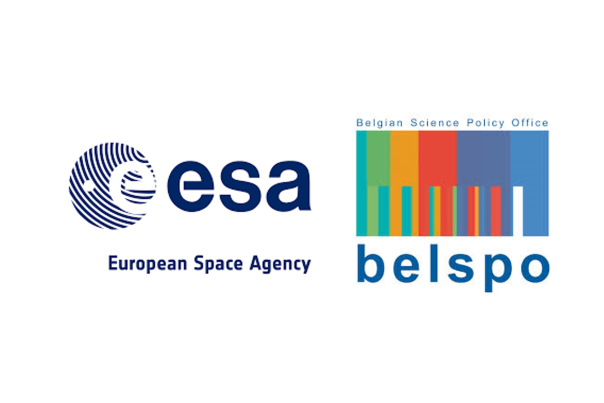
As part of UNIVERSEH (European Space University for Earth and Humanity), which is part of the "European Universities" initiative promoted by the European Commission. The initiative aims to develop a space to meet the societal, social and environmental challenges arising from European space policy.
